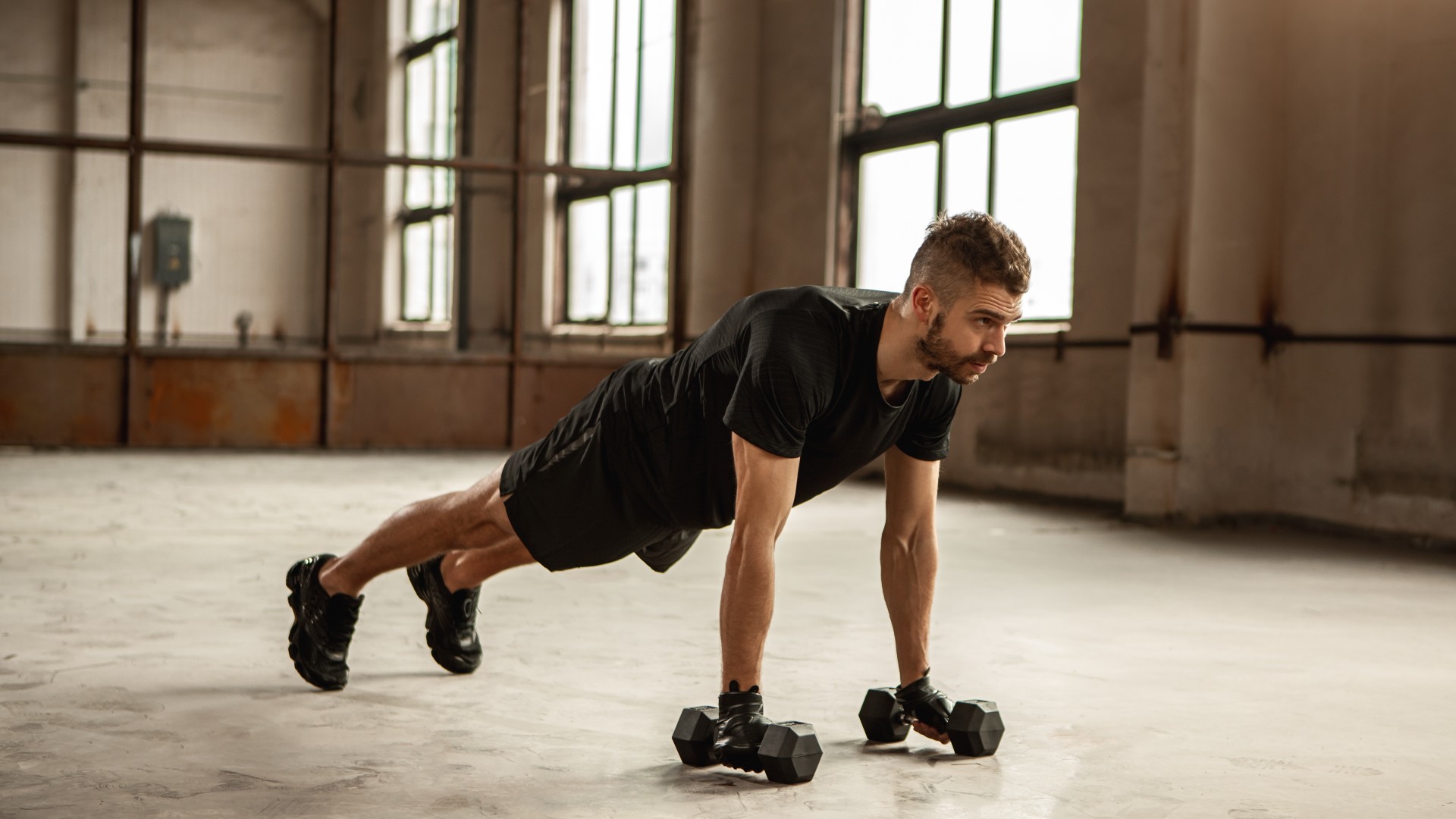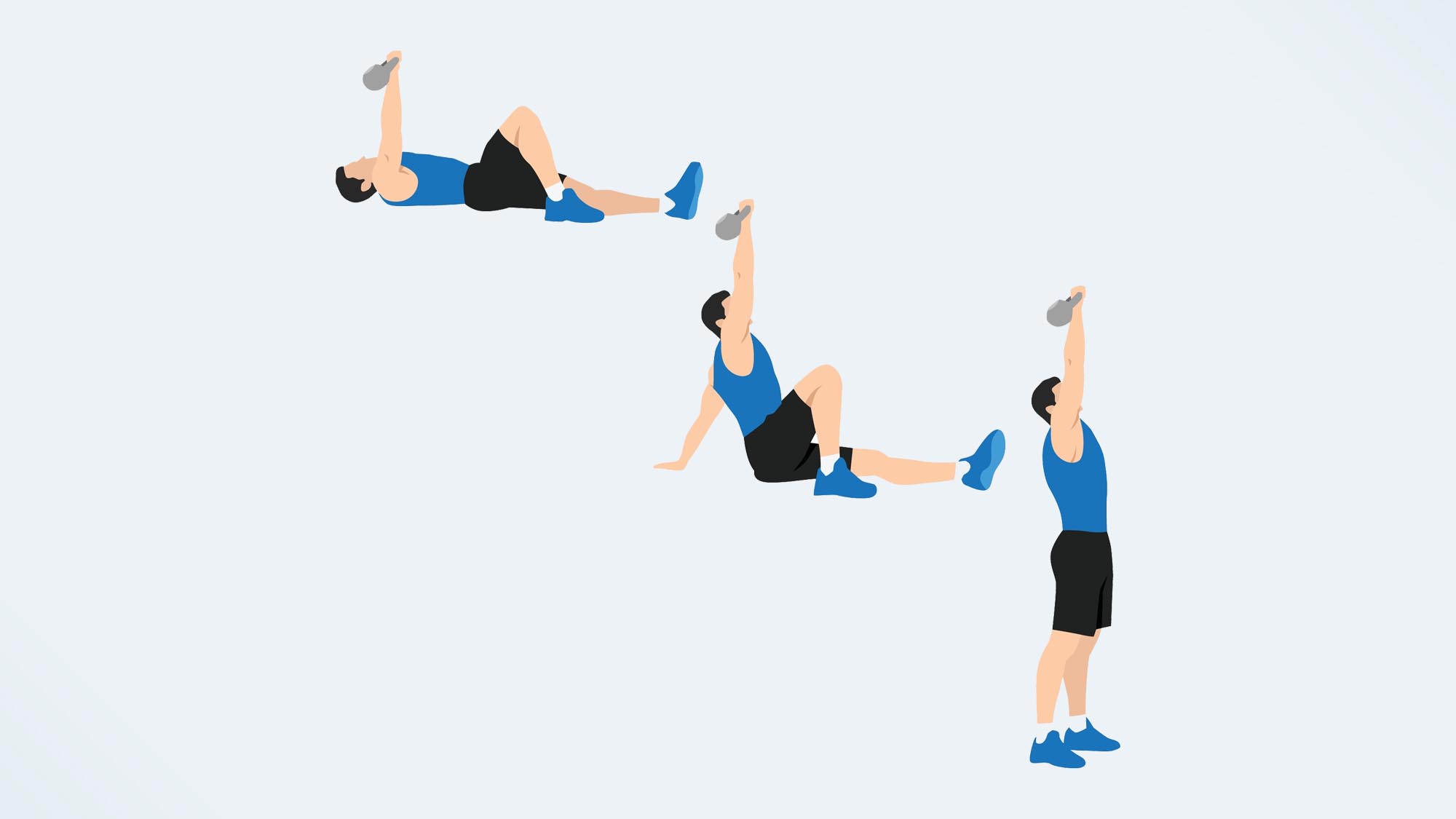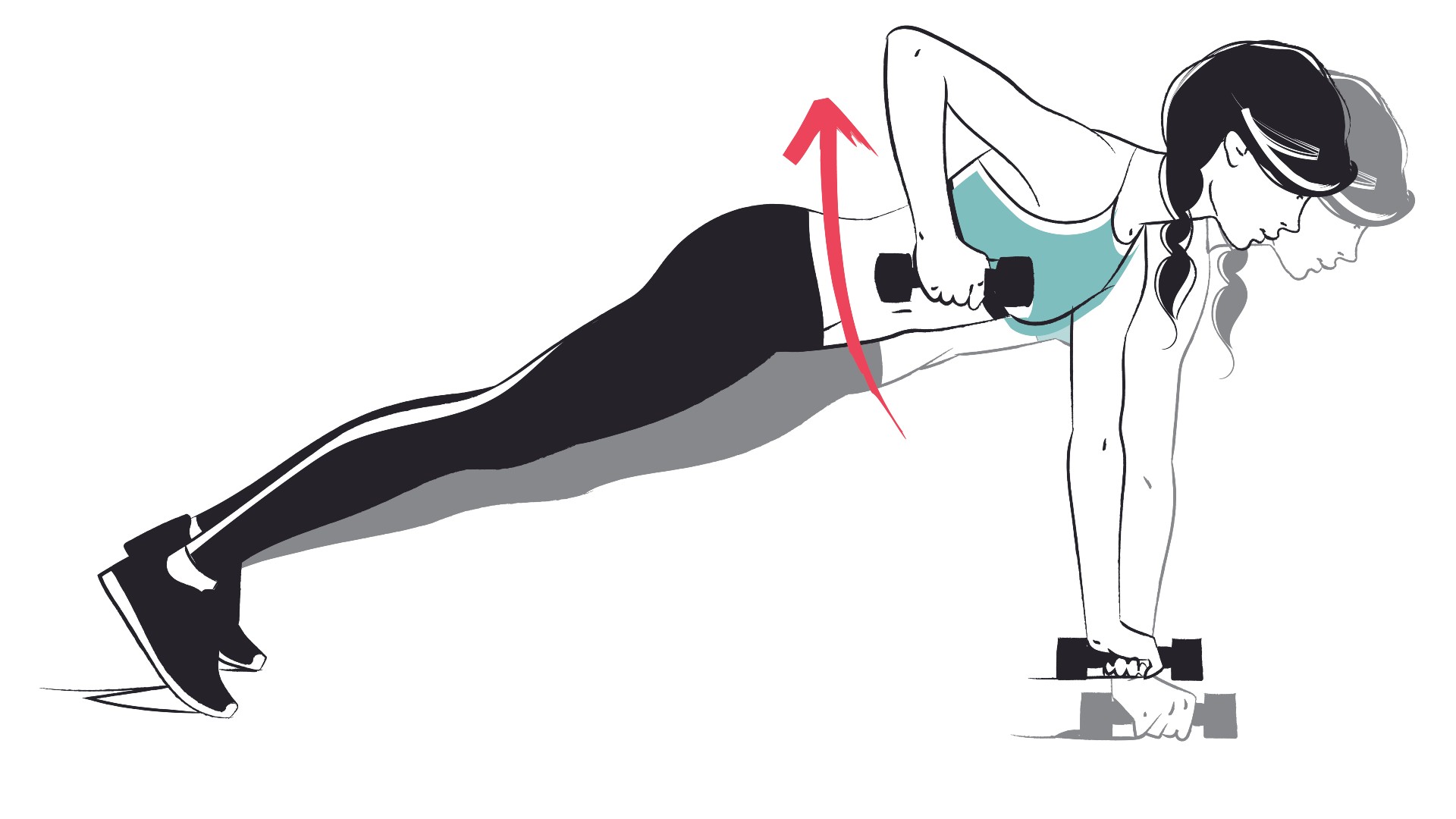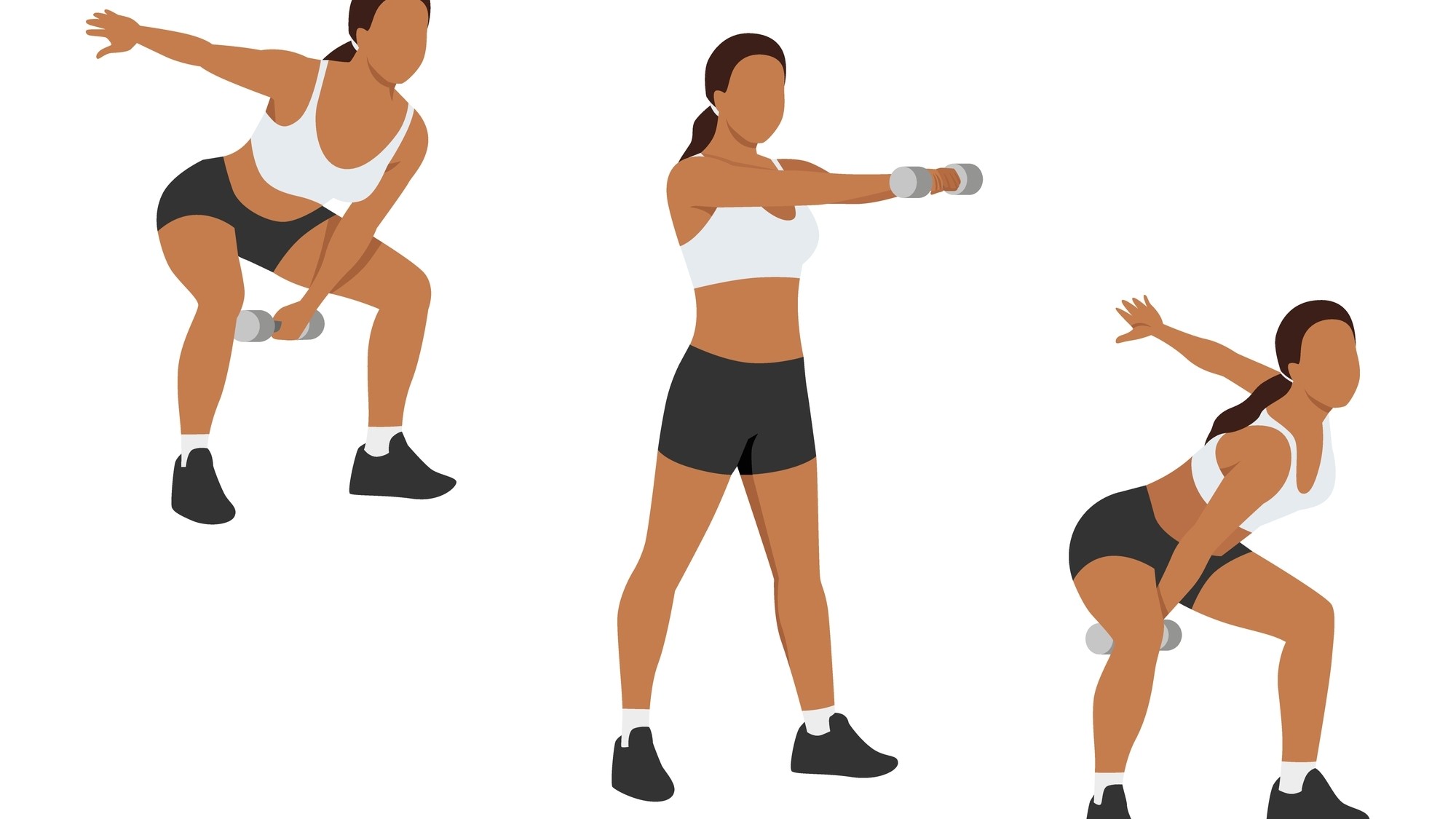
This three-move full-body workout helps build muscle in major muscle groups and develop core strength using just one set of dumbbells. If you want to work multiple muscle groups in a short amount of time, these are three exercises I swear by.
The workout can be scaled to fit any workout length you desire, but I recommend completing as many rounds as possible (AMRAP) in 15 minutes. Doing so will help you reach higher intensity, increase your heart rate and work up a sweat without spending hours in the gym.
Moreover, you’ll torch your muscles and reach fatigue using volume — a popular use of the muscle-building technique progressive overload. I use the best adjustable dumbbells for home workouts, as they allow me to use various weight ranges, but if you don’t have them, a medium set work well.

I like to perform this workout with minimal rest using pyramid sets — starting with two reps of each exercise and adding two reps every round. When you rest, keep it short and sweet between rounds rather than the exercises.
AMRAPs are a brilliant way to test your endurance but try not to drop your form in favor of amassing rounds and reps. Squeeze your stomach muscles throughout to protect your lower back, and focus on engaging each muscle group as you work them. The key is to exhale as your muscles work through peak resistance, which is the concentric phase of an exercise. For example, as you row your arm toward your body during a rowing exercise.
You could also drop the time limit to 5-10 minutes and use the three exercises as a finisher. Finishers fatigue your muscles after any program like this full-body workout to help you reach burn out. Keep track of total rounds and repeat every few weeks to test your progress.
3-move full-body dumbbell workout
Here it is!
Sign up to get the BEST of Tom's Guide direct to your inbox.
Get instant access to breaking news, the hottest reviews, great deals and helpful tips.
Turkish get-up
The Turkish get-up requires moving from lying on the ground to standing while holding a dumbbell (or kettlebell) overhead using one arm. You’ll test balance, coordination and strength, targeting multiple muscles, including your shoulders, arms, core and legs.

- Lie on your back and hold a dumbbell in your left hand, arm extended overhead and both legs extended.
- Bend your left knee and plant your left foot close to your rear.
- Engage your core, press through your left foot and lift your upper back, then place your right forearm on the floor.
- Lift your torso again. This time, your right arm extends, and your right hand presses into the floor.
- Keep your left arm locked out overhead and right hand down as you sweep your right leg behind you into a low lunge position.
- Lift your right hand away and straighten your torso.
- Push through your left leg to stand up with your left arm still extended overhead.
- Reverse each step back to the starting position.
Renegade row
The renegade row works your upper body muscles, including your back, biceps and deeper core stabilization muscles. Working from a plank position allows you to engage your glutes, quads and hamstrings. Find out what happened when our writer did 40 renegade rows a day for a week.

- Start in a plank position, holding a dumbbell in each hand.
- Engage your core, then row one arm back towards your hip so that your elbow reaches higher than your torso.
- Pause and squeeze your back, then slowly lower your arm back down and switch sides.
- Avoid twisting, dropping or lifting your hips too high — your body should be one solid unit.
- Try the move from your knees until you feel confident.
Dumbbell swings
Like kettlebell swings, dumbbell swings target your core and posterior chain muscles, including your lower back, glutes and hamstrings. You could hold two dumbbells pressed together, drop to one weight or practice alternating one dumbbell at the top of each swing. Learn how to do a kettlebell swing properly here. The same rules apply to this variation.

- Start with feet shoulder-width apart, holding your weight in both hands.
- Keep a soft bend in your knees, engage your core and set your shoulders down.
- Swing the kettlebell back between your legs, sending your hips behind you with a flat back.
- Thrust your hips forward, squeeze your glutes and swing your weight upwards to shoulder height with arms outstretched.
- Control the weight back down as you swing it back between both legs for your next rep.
Verdict
This workout uses compound exercises, meaning that you work many joints and muscles together rather than in isolation. A functional training program recruits muscles and joints more efficiently and closely mimics day-to-day, which improves posture, strengthens your body and helps you move better during daily activities.
Think pulling, pushing, bending down and standing back up again. According to research like this Frontiers study, a functional exercise program could improve various aspects of fitness, including power, balance and strength.
More from Tom's Guide

Sam Hopes is a level 3 qualified trainer, level 2 reiki practitioner and senior fitness writer at Tom's Guide. She is also currently undertaking her Yoga For Athletes training course. Sam has written for various fitness brands and websites over the years and has experience across brands at Future such as Live Science, Fit&Well, Coach, and T3.
Having worked with fitness studios like F45 and Virgin Active, Sam now primarily teaches outdoor bootcamps, bodyweight, calisthenics and kettlebells. She also coaches mobility and stretching-focused classes several times a week and believes that true strength comes from a holistic approach to training your body.
Sam has completed two mixed doubles Hyrox competitions in London and the Netherlands and finished her first doubles attempt in 1:11.
